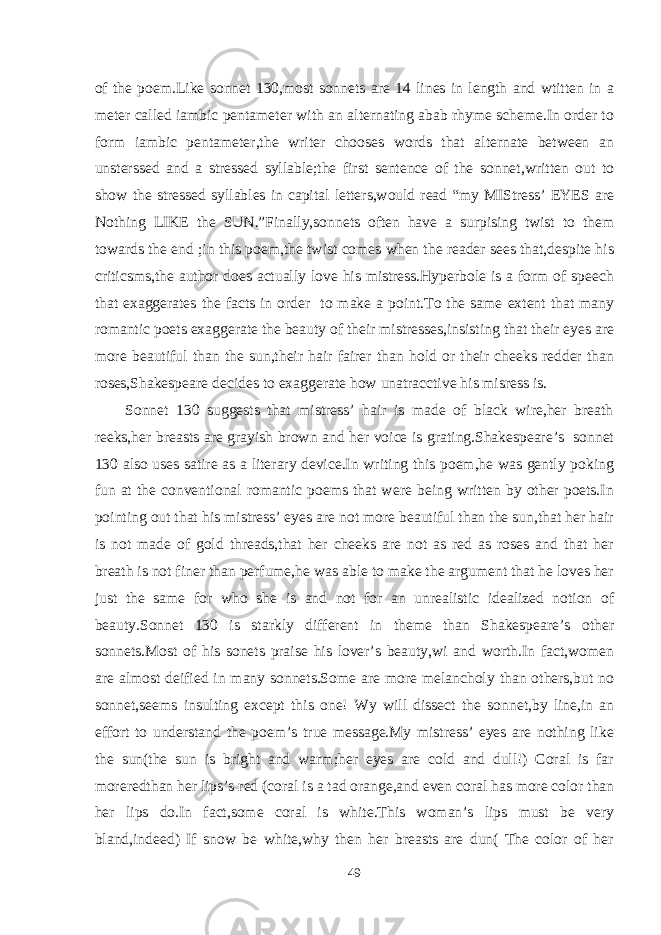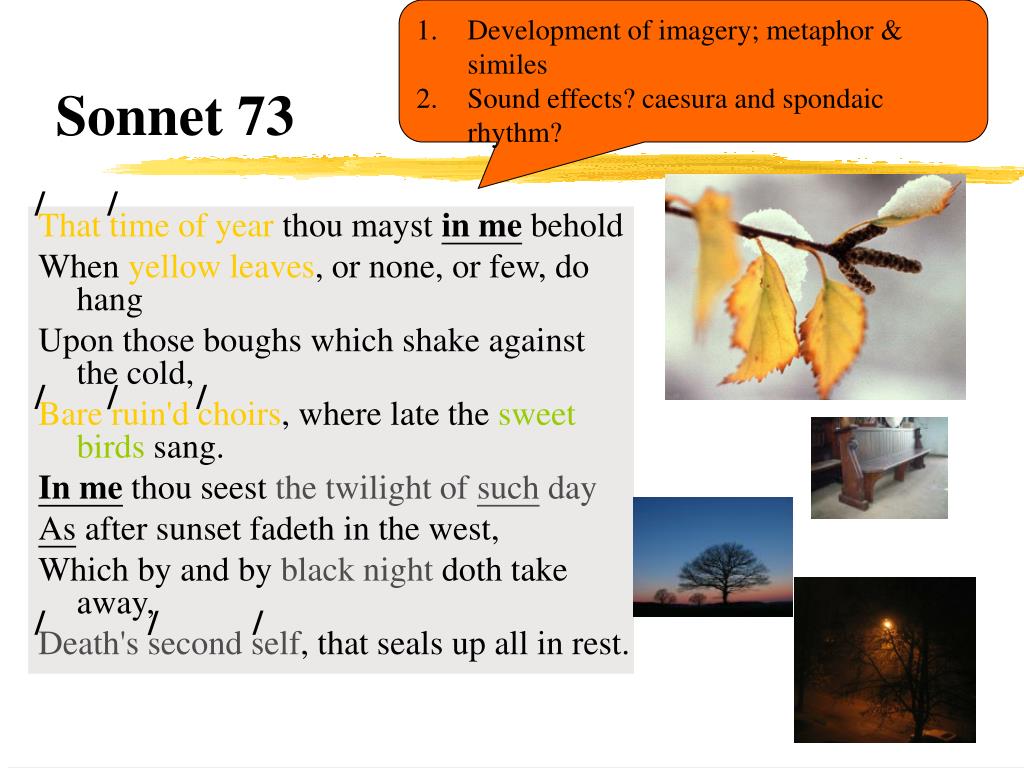


Engle also claims that this is not the first time Shakespeare references the self-aggrandizement of royals and rulers by saying that poetry will outlive them. However, while Horace and Ovid claim the immortality for themselves, the speaker in sonnet 55 bestows it on another. Lars Engle argues that echoing the ancients, as the speaker does when he says "not marble, nor the gilded monuments / Of princes, shall outlive this powerful rhyme " further solidifies the speaker's claim about the longevity of the written word. These monuments, statues, and masonry reference both Horace's Odes and Ovid's Metamorphoses.

In this poem among the memorable descriptions of ruined monuments the reader only gets a glimpse of the young man in line 10 "pacing forth". The claim that the poems will cause him to live eternally seem odd when the vocabulary used to describe the young man is so vague, with words such as "lovely", "sweet", "beauteous" and "fair". John Crowe Ransom points out that there is a certain self-refuting aspect to the promises of immortality: for all the talk of causing the subject of the poems to live forever, the sonnets keep the young man mostly hidden. The young man will survive all of these things through the verses of the speaker.

The sonnet traces the progression of time, from the physical endeavours built by man (monuments, statues, masonry), as well as the primeval notion of warfare depicted through the image of "Mars his sword" and "war's quick fire", to the concept of the Last Judgment. The poet claims that his poem will outlast palaces and cities, and keep the young man's good qualities alive until the Last Judgement. Sonnet 55 is interpreted as a poem in part about time and immortalization. = ictus, a metrically strong syllabic position. When wasteful war shall statues overturn, (55.5) The fifth line exemplifies a regular iambic pentameter: It follows the form's typical rhyme scheme, ABAB CDCD EFEF GG, and is composed in iambic pentameter, a type of poetic metre based on five pairs of metrically weak/strong syllabic positions. The English sonnet contains three quatrains followed by a final rhyming couplet. Sonnet 55 is an English or Shakespearean sonnet. It is included in what is referred to as the Fair Youth sequence. Sonnet 55 is one of the 154 sonnets published in 1609 by the English playwright and poet William Shakespeare.


 0 kommentar(er)
0 kommentar(er)
